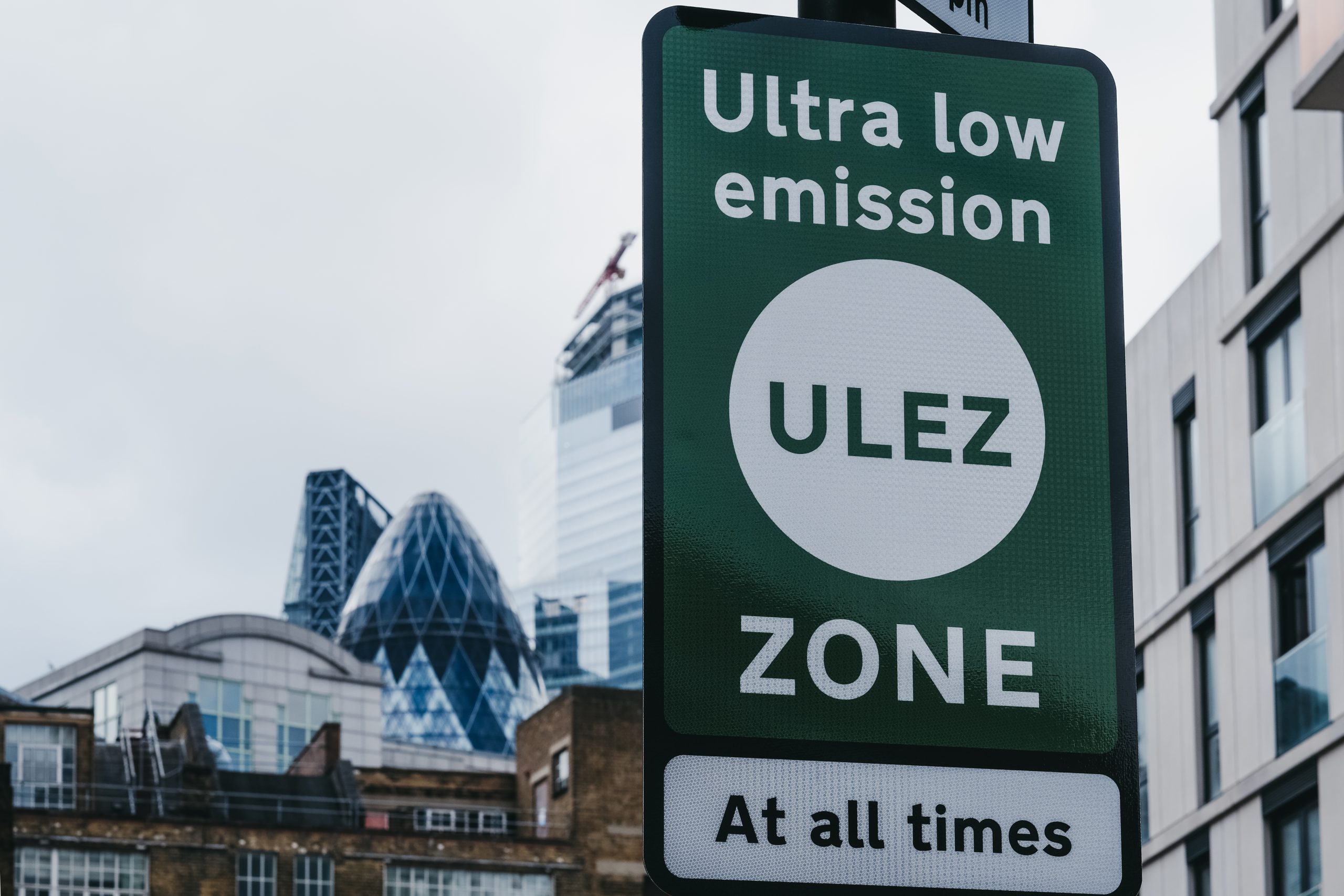
There is nowhere in London that meets the World Health Organization’s (WHO) Air Quality Guidelines (AQGs). The main reason for this is road traffic. So why has the Mayor’s plan to expand the Ultra Low Emission Zone (ULEZ; an area of London that more polluting vehicles have to pay £12.50 to enter) to include the outer London boroughs sparked so much resistance? Professor Frank Kelly who leads the Environmental Research Group at Imperial explains that there are strong health grounds for expanding the ULEZ.
An overwhelming body of evidence exists that the health effects of air pollution are serious and can affect nearly every organ of the body. Recent studies and large research programmes have also shown that these harmful health effects are not limited to high exposures but can also occur at very low concentrations. Consequently, the WHO has had to update its AQGs, which now recommend substantially lower air quality limits for PM2.5, PM10 (particulate matter less than 2.5 and 10 μm in diameter respectively), and the gaseous pollutant nitrogen dioxide. One of the most significant sources of these air pollutants in urban areas is road traffic. It is also the source that has repeatedly been shown to affect our health. In London this is particularly true because of the size of its population and the density of its road network.
Significant progress in improving air quality has been made in London over the last six years. However, the drop in air pollution emissions as well as associated health benefits have mainly been seen in the inner London boroughs. This is where traffic control policies such the ULEZ exist. In outer London, which lacks such interventions, improvements in air quality have been much slower.
Disparities in air quality
Recognising this disparity, the London Mayor wants to expand the ULEZ into all the outer boroughs from August 2023. Even though the expansion will mean that five million more Londoners will be able to breathe cleaner air, there is strong opposition to the proposal. So much so, a coalition of five councils has launched a judicial review to challenge the mayor’s plans in the High Court. In doing so, Bexley, Bromley, Harrow, Hillingdon and Surrey County Council are claiming there has been a ‘false scare over air quality’ and that expanding the ULEZ will have ‘negligible or nil impacts’ on toxic air in the suburbs.
It is remarkable that the challenging councillors are refuting proven links between poor air quality and ill health – some of which have been uncovered by Imperial researchers. It is also deeply disappointing that they have chosen to ignore the fact that (a) the air in their boroughs is unhealthy and (b) improvements in air quality, however small, will benefit the health of their residents.
Of course, an important issue behind this opposition is that many people are currently facing financial difficulties. If they are car dependant and need to upgrade their vehicle to meet the ULEZ requirements, they may not be able to afford to do so. The mayor recognises this and has introduced a scrappage scheme that will support low-income families. He also admits that his fund is not large enough and has asked the government to contribute further to the scheme. This has been done in other cities across the UK that have introduced clean air zones.
Added health benefits
But not all car journeys are necessary and there are many short ones that can be easily walked or cycled. Plus, the added health benefits of active travel (walking and cycling) should not be overlooked. London also needs a clean and expanded public transport system, particularly in the outer boroughs. So, it is reassuring to hear that any revenue raised from the ULEZ expansion will be ploughed back into public transport.
I recently attended a reception to honour the legacy of a young girl, Ella Adoo-Kissi-Debrah, who tragically died of an asthma attack that was triggered by high concentrations of air pollution in London. My thoughts go out to the one million asthma sufferers in London and, in particular, the 500,000 in the outer London boroughs if, once again, they are denied the benefit of breathing cleaner air.
Professor Frank Kelly holds the inaugural Humphrey Battcock Chair in Community Health and Policy, within the School of Public Health in a new global centre of air pollution research.

“One of the most significant sources of these air pollutants in urban areas is road traffic.”
Kindly indicate what are the other contributing air pollutants and what is their % contribution in urban pollution. Thank you.
These data are published by GLA/TFL – latest is the 2019 LAEI.
See: https://airdrive-secure.s3-eu-west-1.amazonaws.com/london/dataset/london-atmospheric-emissions-inventory–laei–2019/2022-02-03T13%3A13%3A03/LAEI%202019%20Summary%20Note%20FINAL%20V2.pdf?X-Amz-Algorithm=AWS4-HMAC-SHA256&X-Amz-Credential=AKIAJJDIMAIVZJDICKHA%2F20230322%2Feu-west-1%2Fs3%2Faws4_request&X-Amz-Date=20230322T130224Z&X-Amz-Expires=300&X-Amz-Signature=b617f4ef677db29e7cbd96a4675a68fd68700794d6e8e84b1a9ddf1811f6b352&X-Amz-SignedHeaders=host
PM2.5 emissions by sources within the GLA and central area in page 5 and page 18.
Prof Kelly, have you seen the independent equality impact analysis report of the ULEZ expansion, highlighting the financial, business, social and mental health impact, particularly on low income families ? Social isolation, lonliness, financial pressures, poverty, chronic stress and worsening mental health all increase mortality and morbidity. Currently people do not have the financial reserves to pay a windfall tax to TfL.